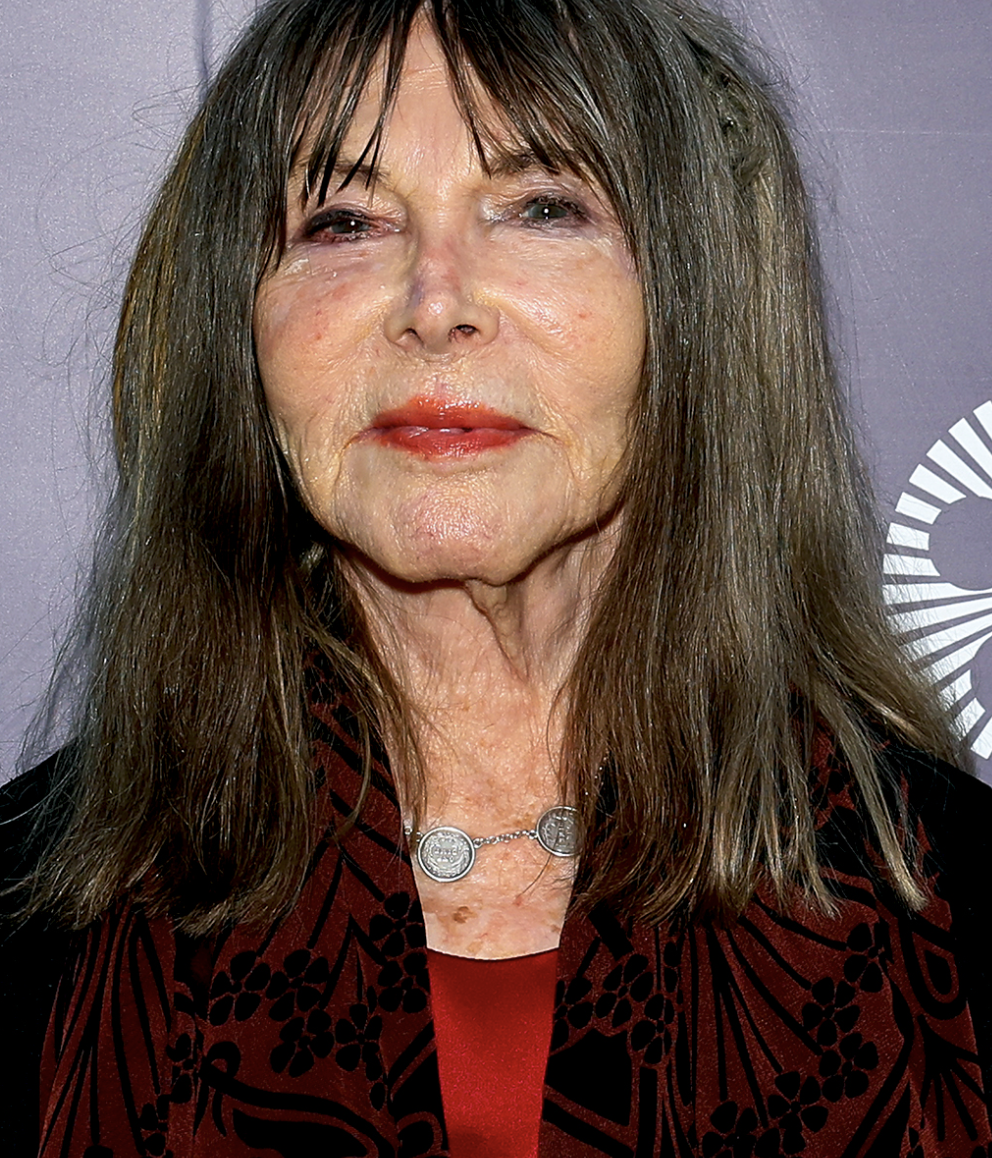From the dazzling lights of Broadway to the glitzy world of Hollywood, she was once hailed as one of the most promising actresses of her generation. Yet, what makes her story extraordinary isn’t just her meteoric rise to fame—it’s the way she defied a decade-long exile to leave behind an enduring legacy in film and beyond.
Hollywood’s Darkest Era and Her Unjust ExileThe McCarthy-era blacklist of the late 1940s and 1950s shattered countless careers, including that of a young actress on the brink of stardom. Just as she was making her mark in the film industry, she was cast aside—not for any wrongdoing of her own, but because of her association with the man she loved.

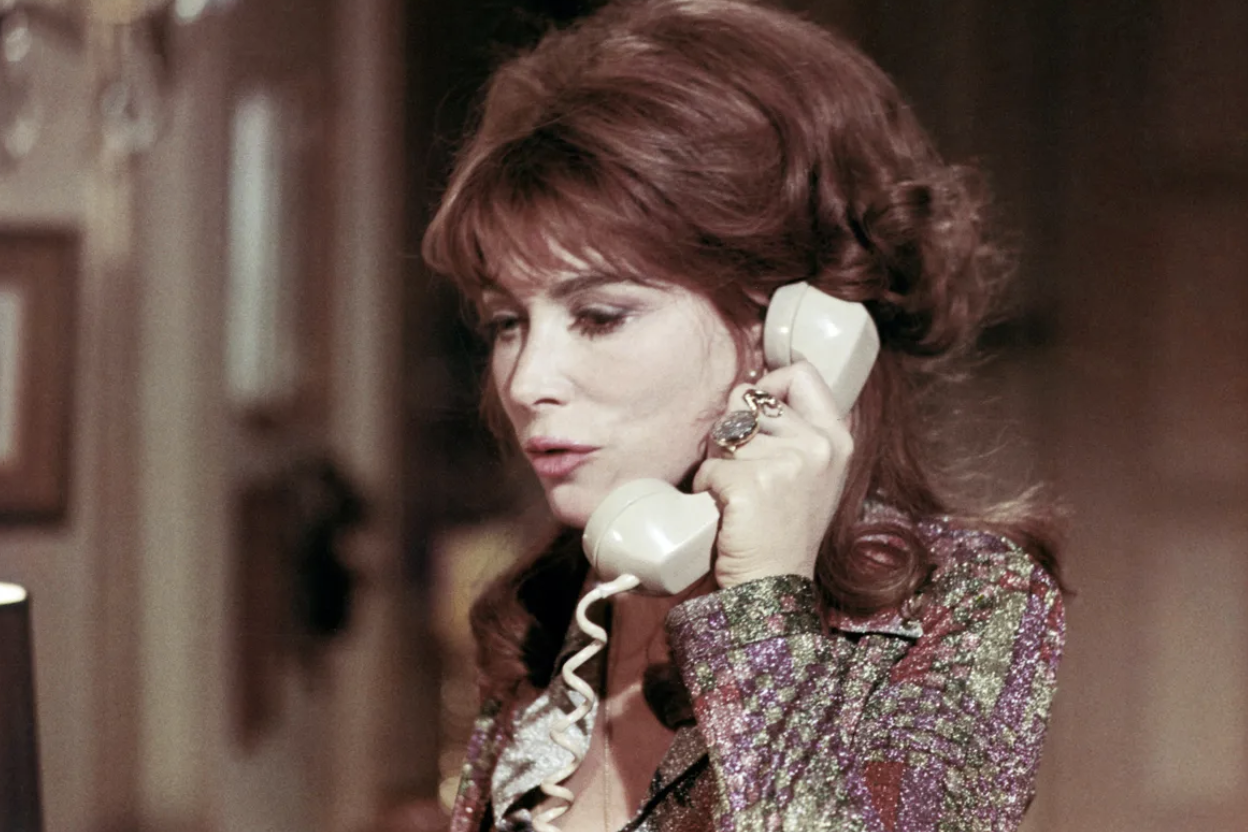
At the height of her success, her name was blacklisted in Hollywood for over a decade. Despite the silence that followed, she refused to disappear. When the doors finally reopened, she made a powerful comeback, proving that talent and resilience could overcome even the harshest of obstacles. Along the way, she found lasting love with a man who would stand by her side through the years.
The Blacklist That Stole 12 YearsHer breakthrough role in 1951’s Detective Story established her as a rising star. But her career took an abrupt turn when her husband, Arnold Manoff, a screenwriter, was blacklisted for alleged Communist ties. Rather than betray her values, she refused to name names or cooperate with investigators, and as a result, she was denied roles in both film and television. For 12 long years, Hollywood turned its back on her.
Reflecting on that time, she later stated, “I was never going to sacrifice my integrity just to work.” Yet, the struggle was not just professional—it was personal.
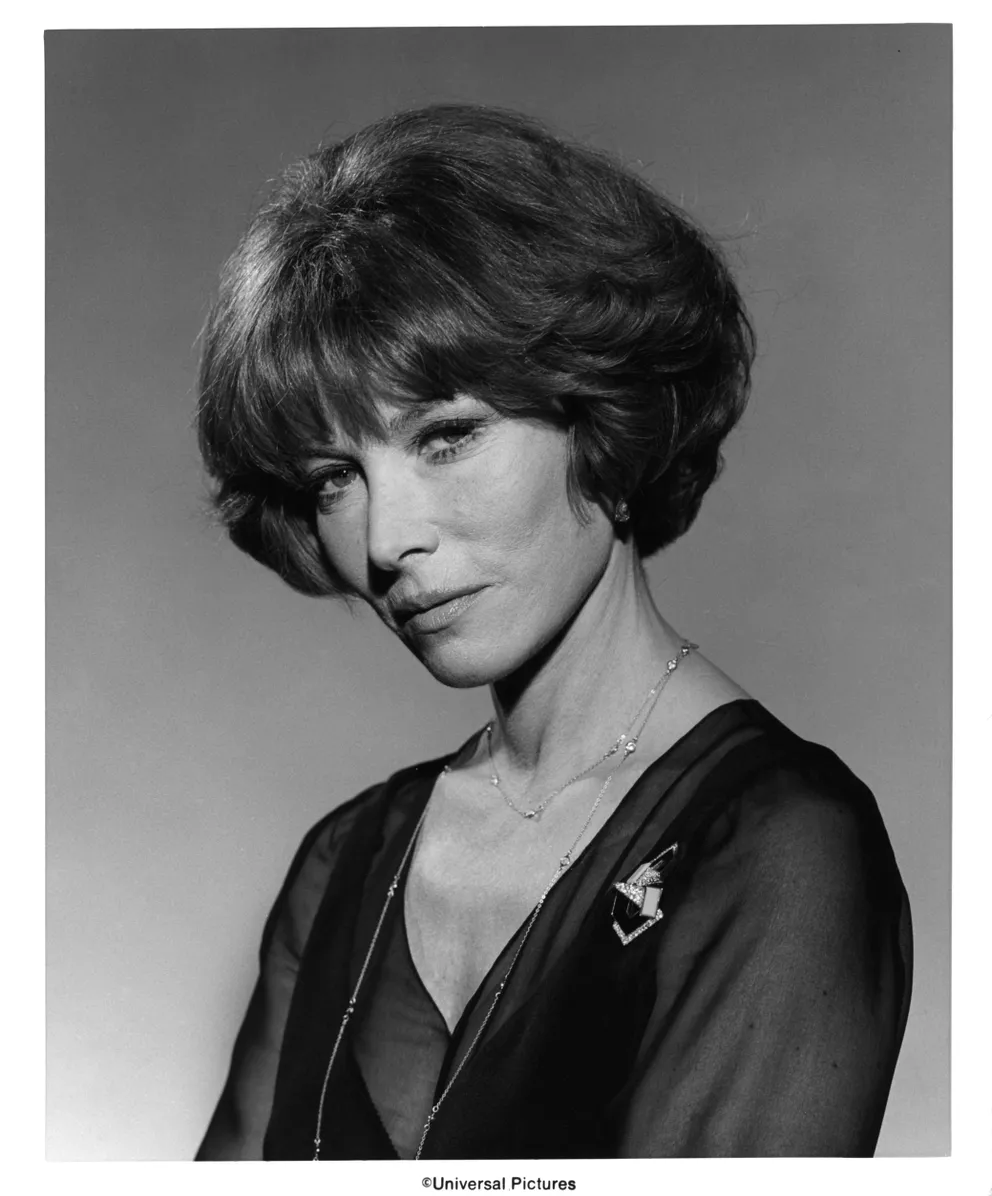
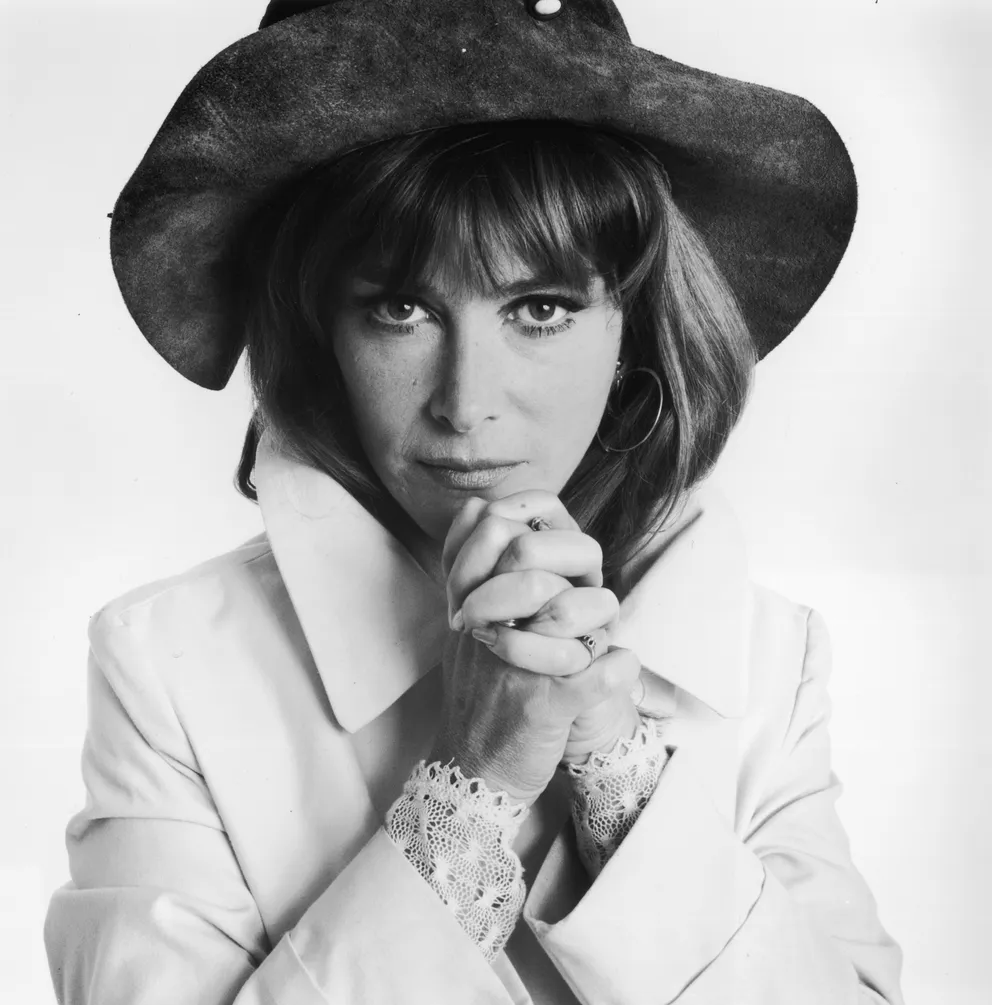
Manoff, whom she had married in 1951, was a controlling figure who viewed her as more of a caregiver than a partner. He belittled her ambitions and expected her to prioritize his needs over her own. When she landed a small acting job in upstate New York after giving birth to their daughter, he issued an ultimatum: if she took the job, their marriage would be over.
Instead of backing down, she chose her independence. The couple divorced in 1960. In later interviews, she admitted, “If he hadn’t given me that ultimatum, I probably would have stayed. But I finally saw my way out.”
A Powerful Comeback and Hollywood TriumphAs the blacklist faded, she seized her opportunity to return to the spotlight. In 1965, she landed a role in the hit television series Peyton Place, earning an Emmy Award for her portrayal of Stella Chernak. This victory reignited her career, leading to a series of unforgettable performances.
She earned Academy Award nominations for The Landlord (1970) and Voyage of the Damned (1976), before winning the Oscar for Best Supporting Actress in Shampoo (1975). Her performances were lauded for their depth and authenticity, a testament to the resilience she had honed during her years away from Hollywood.
Beyond acting, she ventured into directing, creating powerful documentaries that shed light on homelessness, discrimination, and women’s rights. Her work behind the camera cemented her status as a trailblazer, using her platform to champion important social issues.
A Love That Transcended TimeDuring her remarkable career revival, she found love in a way she never expected. She met Joe Feury, a man 12 years younger than her, whose kindness and easygoing nature were a stark contrast to her first husband’s controlling ways.
“He was this sweet, working-class Italian guy, and he adored me. It was exactly what I needed,” she recalled of their early romance.
Unlike her previous marriage, Feury treated her as an equal, providing the stability and support she had never known before. They married in 1962, and over the years, their love only grew stronger.
“Joey wakes up every morning and takes my hand,” she shared in later years. “We’re both running from the inevitable, but we’re still so full of life.”
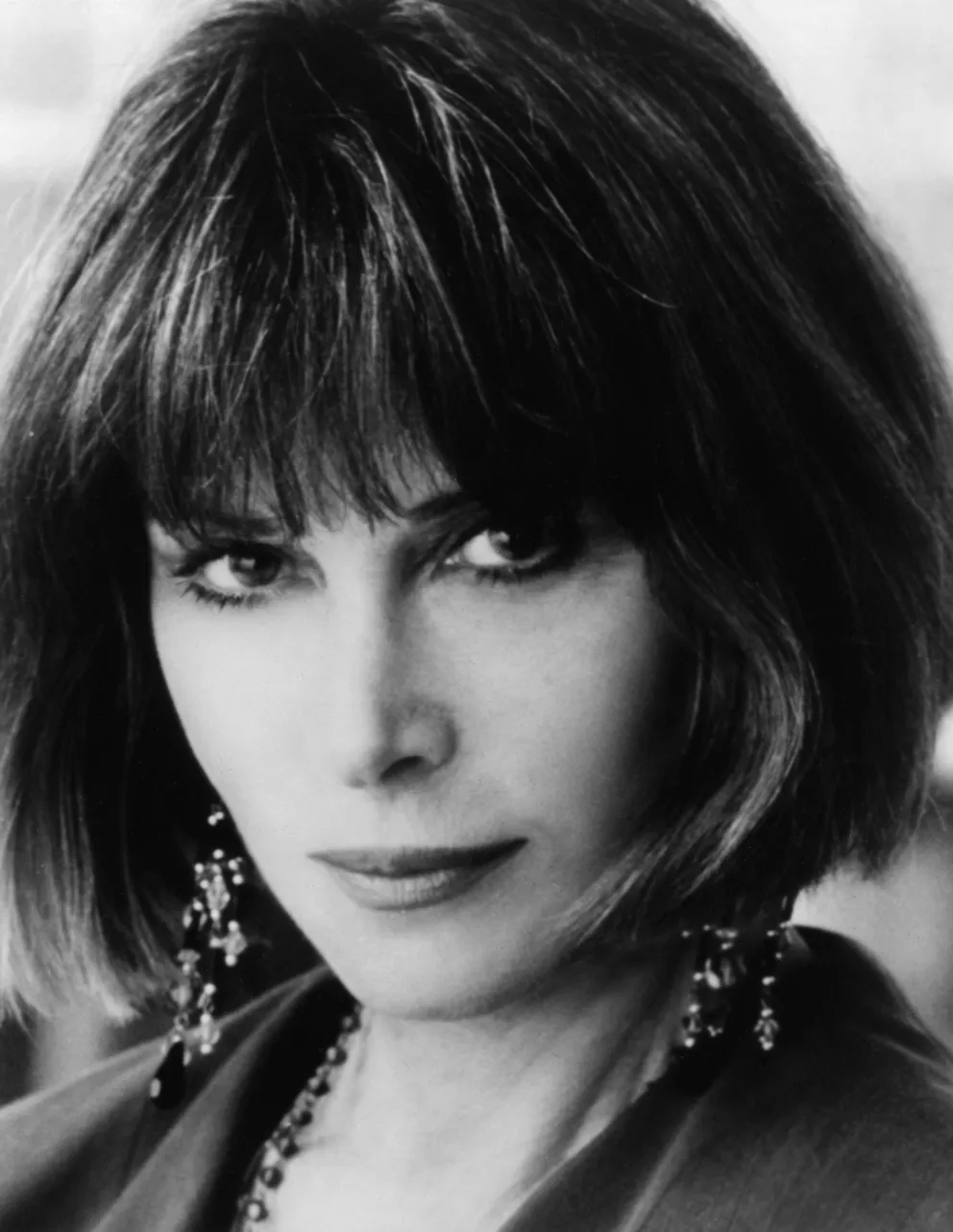
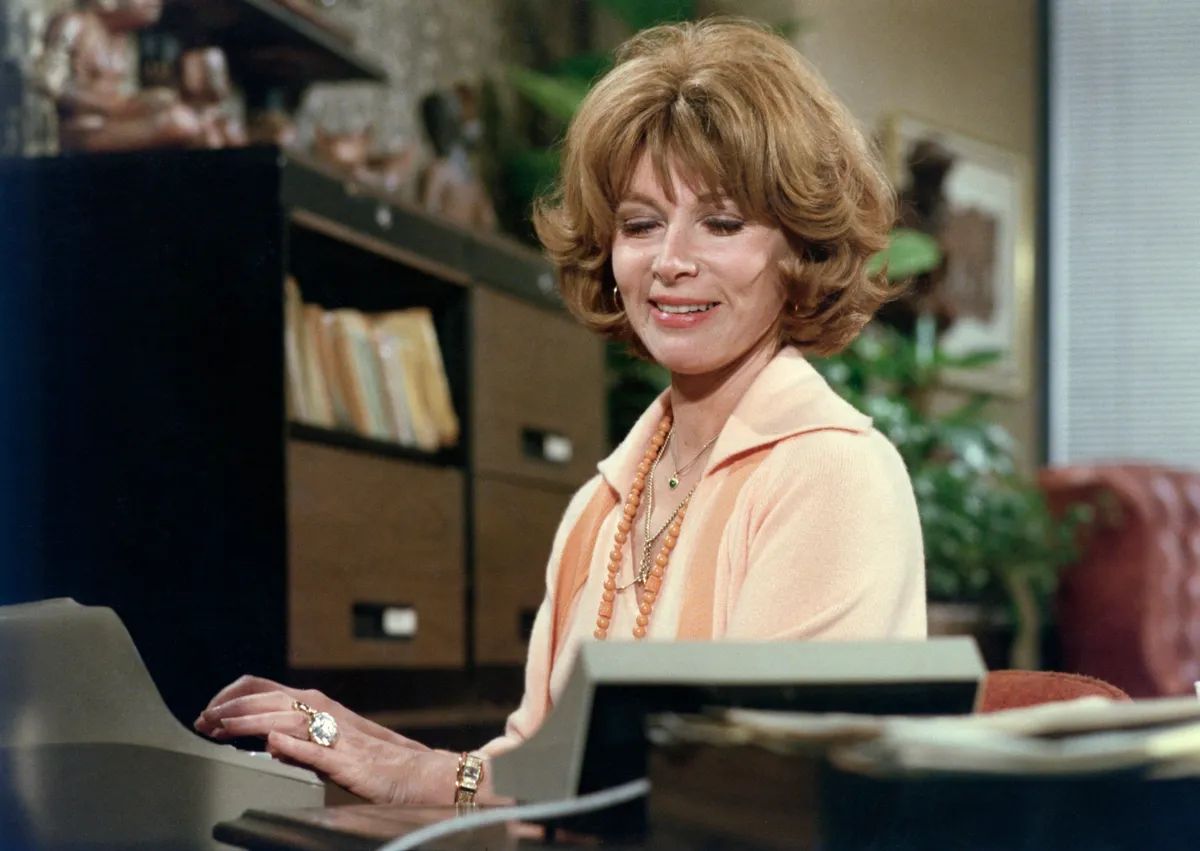
Defying Time and Embracing Her LegacyIn an industry obsessed with youth, she refused to fade into obscurity. Determined to maintain her place in Hollywood, she famously underwent cosmetic surgery in her 30s, admitting that it helped her confidence during a vulnerable time.
“I was in a really dark place, and the surgery gave me a boost,” she later confessed. “It helped me feel younger and stronger.”
Her anxiety about aging even led her to convince the mayor of Los Angeles to alter her birthdate on official records. “The fear of getting older haunted me for years,” she admitted in her memoir. Yet, despite these insecurities, she continued to defy the odds, remaining a working actress and director well into her 90s.
Fans have often marveled at her youthful energy and elegance. “She looks amazing for her age,” one admirer commented. Others expressed their surprise at her transformation, but the overwhelming sentiment remained admiration for her enduring beauty and strength.
A Lasting LegacyNow in her late 90s, she credits her vitality in part to her husband, who remains her greatest source of support. “I don’t feel that old—maybe because I have a younger husband,” she once joked.
From a Broadway sensation to an Oscar-winning Hollywood icon, her journey is one of resilience, reinvention, and an unbreakable spirit. She defied the blacklist, walked away from an oppressive marriage, and built an extraordinary career that continues to inspire generations.
Her story stands as a powerful testament to courage, love, and the enduring power of self-belief.
